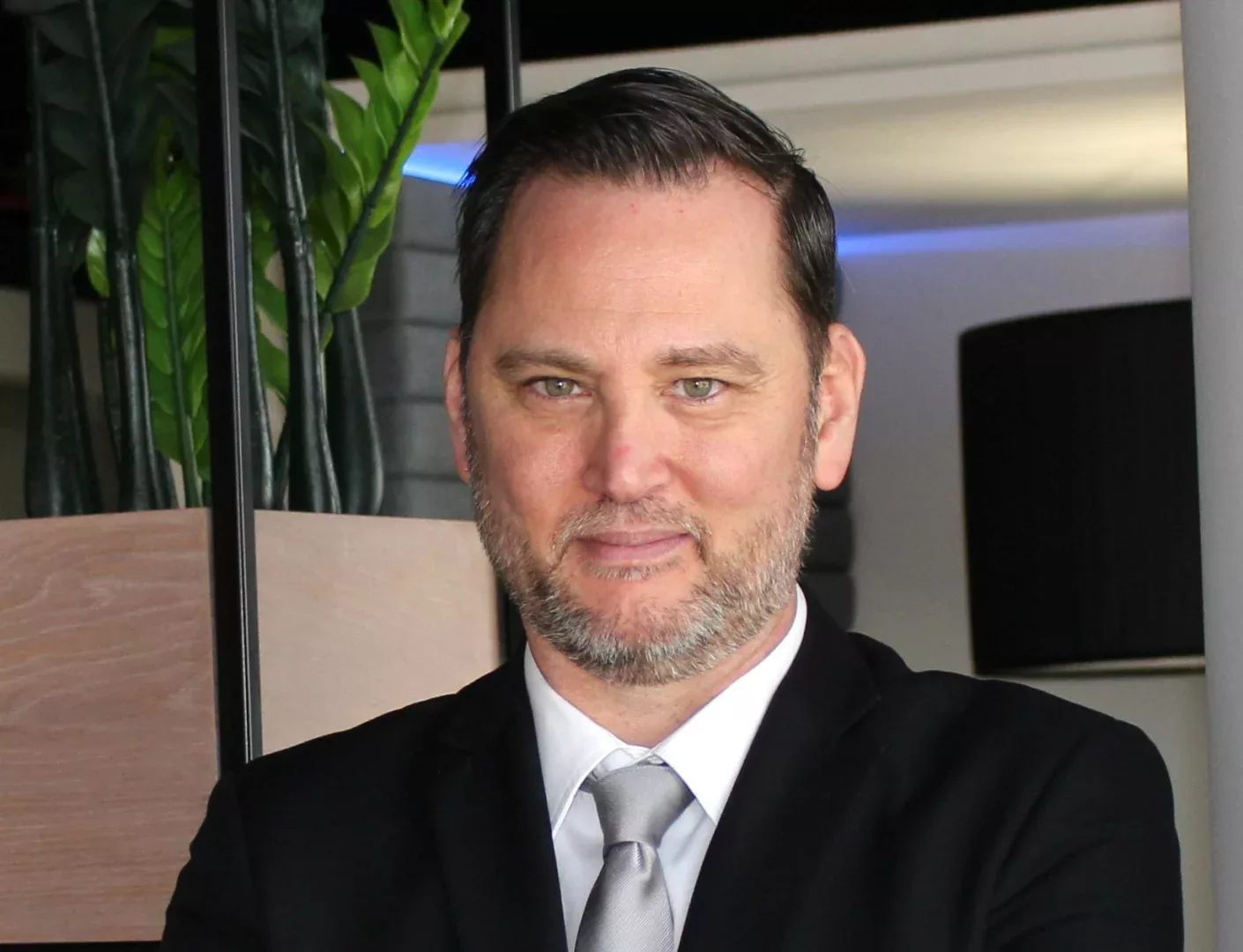Top 7 Tips to Maximise CEO Communications

Written by Andreas Keller., Managing Director & Partner, Leidar MENA
In 2017, the Harvard Business Review (HBR) surveyed 1,000 CEOs across six countries to find out “What makes a CEO effective?” The ones who had a meaningful impact on firm performance were the ones who set the vision, convened key functions, and communicated effectively. They concluded that CEOs who focused on higher-level leadership tasks such as communicating strategy and vision tended to be more effective.
In today’s hyper-magnified media environment, the spotlight of expectation on CEOs is even greater than before and there is no doubt that the role communications plays in influencing a CEO’s personal and corporate success has become increasingly more significant. There is an expectation for CEOs to not only drive the company vision but to also be visible, take a position on issues and communicate effectively with all stakeholders.
Given this critical context, here are 7 tips that can help a CEO maximise their respective communication efforts.
Compare yourself to your peers
How do you measure up to your industry peers? This should be your starting point. Find out what your peers are doing and see how they are communicating. Is anyone doing it well, or are they all underperforming? This audit should be done across select social media channels and traditional media. The insight will then put you in a good position to see how you are tracking compared to your peers in terms of visibility, engagement and thought leadership. You will then be able to identify any trends or gaps that you can take advantage of and which can position you a little more uniquely.
Identify a thought leadership platform that you can own
A CEO is expected to share his vision and industry knowledge with his extended community. But to make an impact, you need to have some structure to your positioning and communication that is unique to you and can help you cut through the clutter to make an impact. The ideal thought leadership platform should form the nexus of the CEO’s interest, company objectives and the UAE’s vision as a country. This is often referred to as the CEO sweet spot from which compelling and unique messaging can be developed.
Simplify and adapt your language
The biggest challenge many executives face is their inability to adapt the way they communicate. Meaning they talk with external stakeholders the same way they do internally which is a mistake. Your corporate language is unique to your company culture, which means it won’t connect with your external stakeholders who are not familiar with the company’s terminology. It’s therefore essential for a CEO to translate what the company does in a way that can better connect with external audiences. By distilling complex information and ideas into short relatable stories, you have a much greater probability of being memorable and making an impact.
Have an origin story
You didn’t create the company, no problem. To give context to what your company is about, you sometimes need to go back to see how it all started. The one thing that differentiates your company from others is how it was founded and the journey it took to get to where it is today. How was it started? What challenges did the founders encounter while developing the brand and its products? These are questions that can usually unearth compelling stories that are unique to the company. You can then enhance the brand engagement with all stakeholder groups by integrating the backstory into your communications.
Use social media as a strategic channel to elevate your profile
A CEO’s reputation is an invaluable corporate asset and having a presence online has almost become a requirement for all company leaders. LinkedIn is the primary communications platform that CEOs should use to regularly share thought leadership content and company news. Now, many CEOs might not have the time to devote to populating their LinkedIn account, however, a well-planned content strategy can go a long way to regularly raising the visibility of the executive and the company. What’s more, LinkedIn provides great data to track performance & progress allowing you to also organically grow your network of stakeholders.
Take advantage of interviews by being media-ready
CEOs have the responsibility to be their company’s main mouthpiece which means engaging regularly with media. Live interactions with journalists don’t come around too often, but when they do, you have to make the most of it. There has to be a shift in the mindset of a CEO when approaching live interviews. Far too often, CEOs see interviews as a test of their ability to answer questions rather than an opportunity to deliver their messaging. For your interview to be successful, you need to have a clear idea of the messages you want to communicate and what you want the audience to take home.
Practice, practice, practice
All the great presenters and interviewers have one thing in common, they practice like crazy to achieve perfection. Messaging familiarity, body language, voice delivery, and command of the stage are all things that need to be practised. Many times, CEOs think they can just wing it with terrible results. Understand your weaknesses and make time to practice and rehearse, even getting some feedback from trusted people if needed.
Following these tips should help CEOs elevate their communication impact and effectively engage with stakeholders while reinforcing their company’s image.
